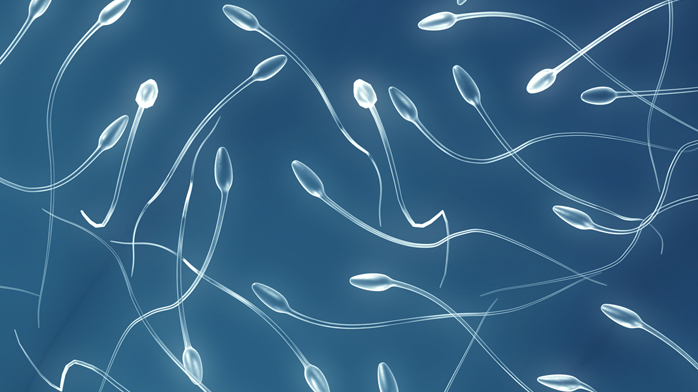Semen analysis or seminogram
A semen analysis or seminogram is one of the basic analyses performed on men in order to determine if there are abnormalities in the quality of their semen

How can we help you?
Non-obligation guidance
When should a semen analysis or seminogram be performed?
On the whole, a semen analysis is advisable when, following a year and half (depending on the female partner’s age) of sexual intercourse without contraception, a couple has not managed to get pregnant. Of course, it is also advisable for a gynaecologist to assess the female partner at the same time.
What does a semen analysis or seminogram entail?
It entails assessing the physical properties, such as volume, colour, viscosity, and so on of semen (a macroscopic analysis), and also microscopic characteristic including a sperm count (the number of spermatozoa in the sample), sperm motility (if they move or not and what kind of motility they have) and sperm morphology (the percentage of spermatozoa that are normal in shape).
Collecting a sample for a semen analysis
Samples must be obtained by means of masturbation following abstinence from sexual intercourse of between 3 and 5 days. This means there must not have been any semen excretions whether as a result of sexual intercourse, masturbation or any other reason.
The semen must be collected in a sterile container that can be bought in a chemist (urine sample collection containers) or that can be collected from the clinic that is going to perform the analysis.
Patients must take care to ensure that they collect the entire ejaculate in order for the analysis to be performed correctly. If there are spillages, the sample will be deemed invalid.
Samples may be collected at home or in the rooms designed for this purpose at our clinics.
Ensuring that a correct semen sample is collected
Abstinence from sexual intercourse for between 3 and 5 days is important.
Deliver the sample in a sterile container to the laboratory WITHIN one hour. Wrap the container in kitchen foil to protect it from sunlight.
Patients must not have had a temperature (over 38 to 39ºC) in the month prior to providing the sample.
Refrain from using creams or lubricants during the 8 hours leading up to sample collection.
The laboratory must be informed of any medication that the patient is taking around the time when the sample is collected.
Normal levels
At our clinic, we use the recommended normal levels included in the most recent World Health Organization manual on semen analyses published in 2010.
The values are indicated in the following table:
| PARAMETER | REFERENCE VALUE |
|---|---|
| Volume | ≥ 1.5 ml |
| pH | ≥ 7.2 |
| Count | ≥ 15 M/ml |
| Motility | ≥ 32 % progressive motility |
| Vitality | ≥ 58 % live forms |
| Morphology | ≥ 4 % normal forms (strict Kruger criteria) |
| Biochemical properties |
Citric acid: ≥ 52 μmol/ejaculate Fructose: ≥ 13 μmol/ejaculate |
Diagnostic assessment. What does the technical terminology mean?
Normozoospermia: the semen matches the normal values established by the World Health Organization (WHO).
Hypospermia: semen volume is below 2 ml.
Hyperespermia: volume is above 6 ml.
Azoospermia: an absence of spermatozoa in semen.
Oligozoospermia: when semen has under 15 million sperm per millilitre of ejaculate.
Astenozoospermia: a decrease in the number of progressive motile sperm (under 32 %).